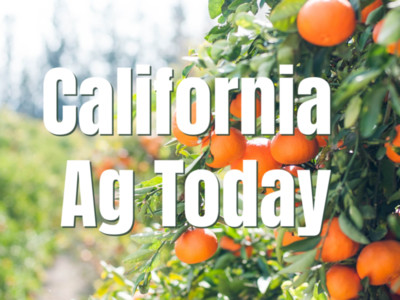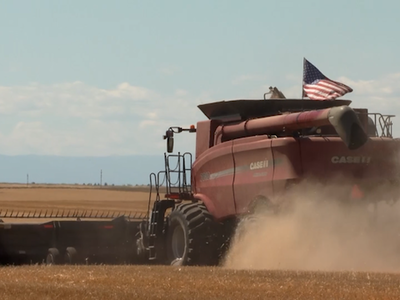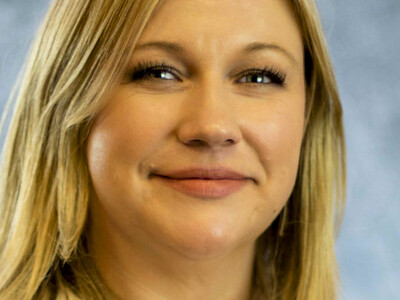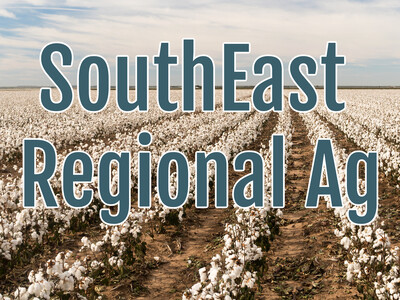Artificial Intelligence Can Be Modified To Local Context

Tim Hammerich
News Reporter
The ag industry is tasked with producing more food with fewer resources, but also important is reducing the amount of the harvest that gets lost or wasted. At Farmwave, they are using artificial intelligence to detect harvest loss better than the human eye, and can even quickly train the model to fit the conditions of its environment.
Ganssle... "Here's an example. We had pretty high accuracy, 90 plus percent accuracy in soybeans. We went down to Brazil, that accuracy dropped down to high 60, low 70 percentile. Turns out that just because of the humidity and the higher moisture, the soybeans were slightly larger than the ones they were trained on, the AI was trained on in the U.S. The AI actually picked that up and we did with the human eye. So we used that data, retrained those models, and by the next day the accuracy shot back up to where it should be."
That’s Farmwave founder and CEO Craig Ganssle, who says this is one area that AI can really save a farmer time and money.
Ganssle... "So in AI, it's sort of the data comes in and then how you curate the images, annotate the images, label them, and then run them through to train, you know, withhold a data set, run that through and see how it performs and then retrain. We've automated that entire sequence that is typically done manually by people. We knew it would pay off in the end that when it came to situations like this, we could take that data quickly, run it through, get it retrained, get the accuracy levels back up and then push it to production over the year back to the system and get it back up to where it should be for the operator."
Ganssle says reducing harvest loss is one way that we can produce more with less.












